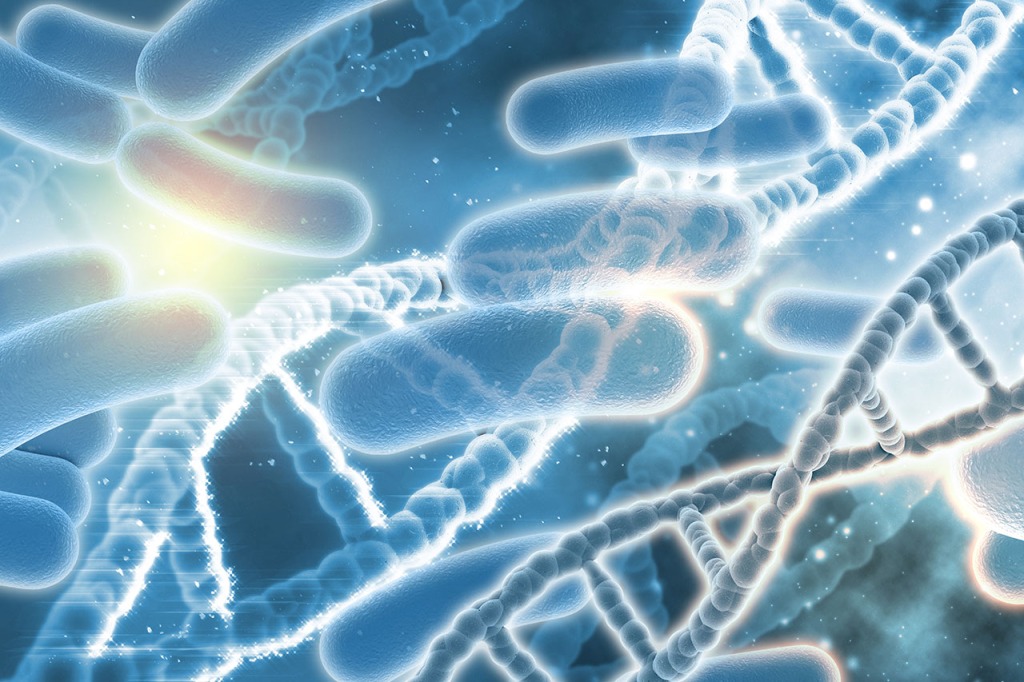Reducing healthcare-associated infections is about breaking the chain.
Healthcare-associated infections (HCAIs), also known as hospital-acquired infections (HAIs) or nosocomial infections, pose a significant threat to safety worldwide.
This threat is present even in countries with extensive and robust healthcare systems, such as those in Europe. It is estimated that over 4.3 million patients in EU/EEA hospitals contract at least one HCAI each year during their stay. HCAIs affect one in 18 hospital patients in Europe.
However, the problem is not confined to hospitals. Recent research shows that “long-term care facility residents across European countries, 57% experienced at least one HCAI, with respiratory tract and urinary tract infections being the most common and leading to significant hospitalisations and deaths.” The same source points out that 4.5% of HCAIs are fatal.
The role of disinfection
Cleaning and disinfection processes are crucial for breaking the chain of infection transmission. However, a specific disinfection procedure has the potential to significantly reduce this problem: hand disinfection.
Hand hygiene is universally recognised as the most effective way of preventing hospital-acquired infections. Despite its simplicity, achieving compliance remains a global challenge.
According to the World Health Organization (WHO), the average level of compliance with hand hygiene guidelines in general healthcare settings is around 40%. In critical care units, compliance improves slightly to around 60%, but this still falls short of what is required.
Contrary to popular belief, the problem of non-compliance is not confined to low-income countries. In high-income countries, at least one HCAI affects seven out of every 100 patients in acute care hospitals. This figure rises to 15 out of every 100 patients in low- and middle-income countries.
So, how does hand hygiene help to prevent the spread of infection? Good hand hygiene can prevent pathogens from being transmitted between patients, healthcare workers and the environment. This is particularly important during the WHO's '5 Moments for Hand Hygiene':
- Before touching a patient:
- Before carrying out clean/aseptic procedures
- After exposure to body fluids or risk.
- After touching a patient.
- After touching the surroundings of a patient.
Despite its importance, there are still barriers to compliance, such as time constraints, heavy workloads and skin irritation caused by frequent handwashing. Another issue is people relying too much on gloves, which can result in them not washing their hands at all. In some cases, a lack of access to hand hygiene stations can also be problematic.
These infections result in substantial economic losses, and evidence shows that hand hygiene interventions can reduce HCAIs by 35–70%. Therefore, this simple act can improve patient safety and reduce the burden on healthcare systems.
While HCAIs will continue to be a serious challenge, the tide may be turning. By adopting advanced disinfection processes and products, healthcare facilities across Europe are improving their ability to protect patients and healthcare workers.
Hospitals that have implemented comprehensive interventions, including advanced cleaning protocols, have reported significant reductions in infection rates.
The European Centre for Disease Prevention and Control (ECDC) emphasises the importance of environmental hygiene in infection prevention strategies, treating it as a public health issue.
Continued investment in improved hygiene is crucial for both safety and strategic reasons, as it improves patient safety and reduces the burden on healthcare systems.
At Christeyns, we are experts in cleaning and disinfecting processes for the most demanding industries. Our team of experts develop the most advanced products and design the most sophisticated protocols to meet the healthcare sector's specific needs. Tell us about your challenge and let us do the work for you.
Contact us today!
References:
Suetens, C. (2012). Healthcare-associated infections in European long-term care facilities: how big is the challenge. Euro Surveill, 17(35), 20259.
https://www.who.int/publications/m/item/five-moments-for-hand-hygiene





